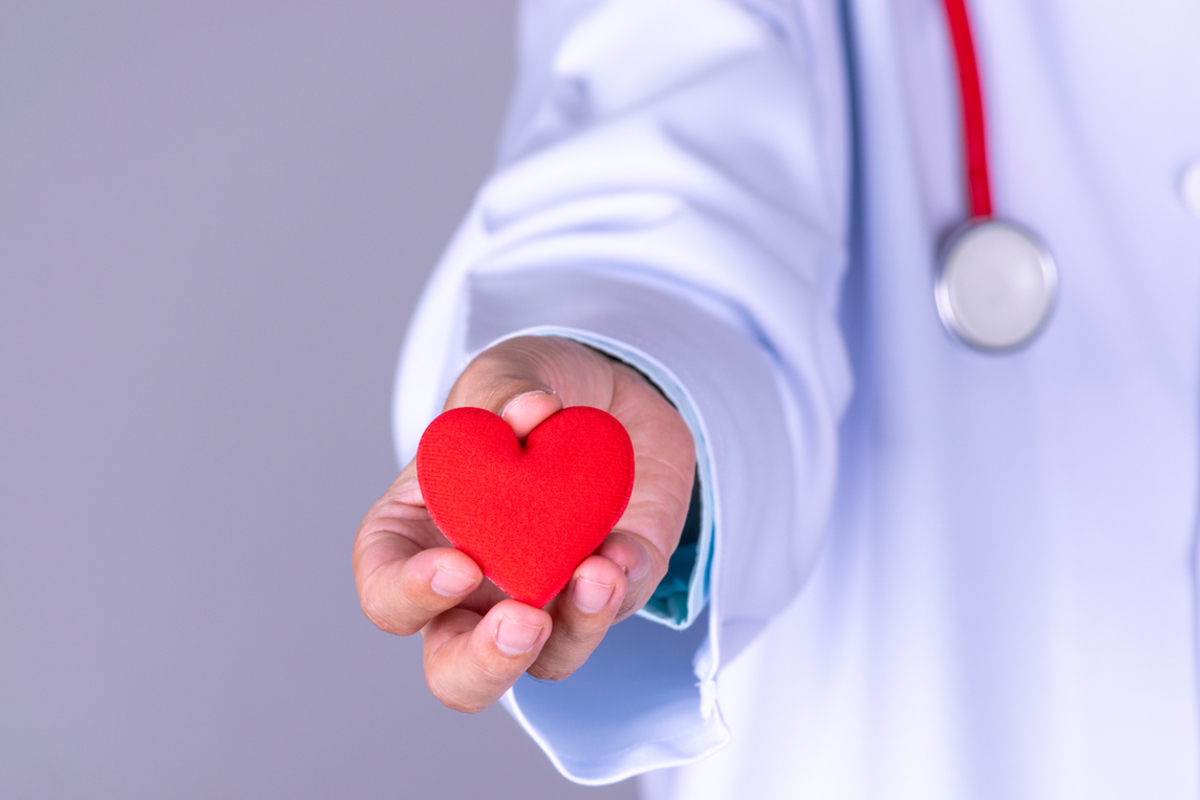Coronary artery disease is a medical condition characterized by reduced blood circulation within the arteries that supply the heart. Because of fatty deposits and plaque build-up, blood is less able to flow freely inside the arteries, causing damage to the heart’s muscle tissue as well as the inner lining of the arteries.

1. Arrhythmia
The human heart is regulated by electrical impulses, which dictate the beats and the rhythm. When these electrical impulses don’t work properly, the heart beats at an abnormal rhythm, and this condition is called arrhythmia.
The heart is divided into four chambers, two of which are located on the upper side of the heart, and the other two on the lower side. These chambers are grouped in pairs of two: one upper and one lower chamber. Each of these halves creates a pump, meaning that there’s a pump on either side of your heart. When the heart beats at a normal pace, you have electrical impulses passing through a pathway to each of the pumps. Any interruptions in these pathways cause the heart to start beating abnormally.
People with coronary artery disease are quite likely to develop atrial fibrillation, a form of arrhythmia that affects the heart’s top chambers. When this occurs, your heart is no longer efficient in pumping blood out of these chambers and into the lower parts of your hearts or other parts of your body. When this condition is left untreated, it can lead to heart failure or ischemic stroke.
2. Angina
Angina is the medical term used to describe chest pain. This pain normally arises from the fact that your heart isn’t receiving enough blood (ischemia), which is one of the major consequences of coronary artery disease.
Different people will experience this chest pain in different ways: from burning, squeezing, aching, tightness, heaviness, to the feeling that something is putting pressure on the chest. Some people claim that angina sometimes spreads, leaving them with pain in the shoulders, arms, neck, back, or jaw.
3. Heart failure
Because the heart turns to these methods of compensation, some people may be unaware of the heart problems they’re having until later on in life. But even if you’re not aware of this, the heart’s health slowly declines, and that’s why it’s important to have regular medical check-ups.
While a lot of different things can cause heart failure, coronary artery disease is the primary culprit. When this happens, the arteries become narrow and stiff, which means that the heart doesn’t receive enough blood and oxygen to function.
People who experience heart failure are more likely to have fluid build-up in their lungs, as well as have their other organs affected in the process: the abdomen or limbs can become swollen. Heart failure can occur on either side of the heart, but it typically does on the left side.
4. Heart attack
In time, the cholesterol build-up on the artery walls can rupture, leading to the formation of blood clots. When blood clots are inside the arteries, they basically interrupt the blood supply to the heart. When this happens, you are at risk of a heart attack.
Not everyone experiences these symptoms, and those who do can feel different levels of pain. Heart attacks can show sudden signs, but there are cases where people have symptoms even weeks in advance. In general, chest pain is the first sign that you are at risk for a heart attack because this pain is a cause of reduced blood flow to the heart.
Conclusion
Keeping your eyes open can not only save your life, but it can also help you notice signs of a heart attack in other people, and you can save their lives as well. If you or someone around you is having a suspected heart attack, do not hesitate to call 911 immediately.
Getting medical assistance early in case of a heart problem can help minimize damage in the longer run. If you notice that someone isn’t breathing, apply CPR right after calling the emergency services. This can help keep their blood flowing until they can get medical assistance.
- Photo courtesy of SteadyHealth


Your thoughts on this